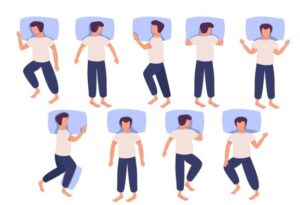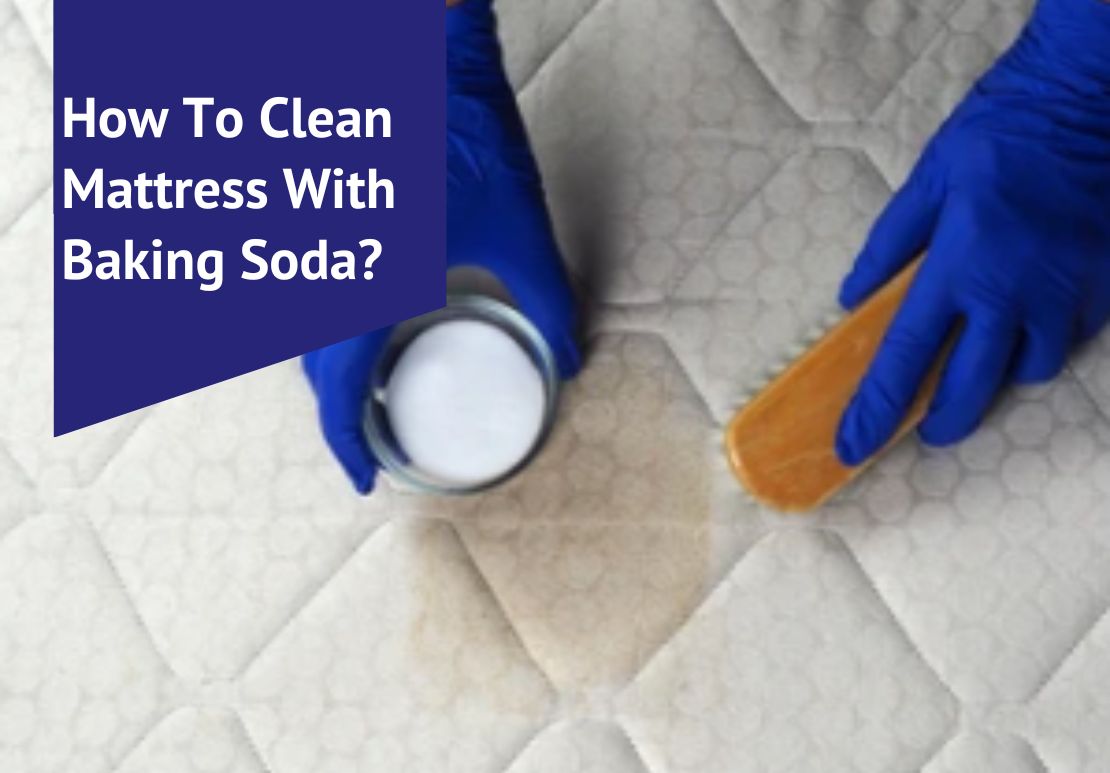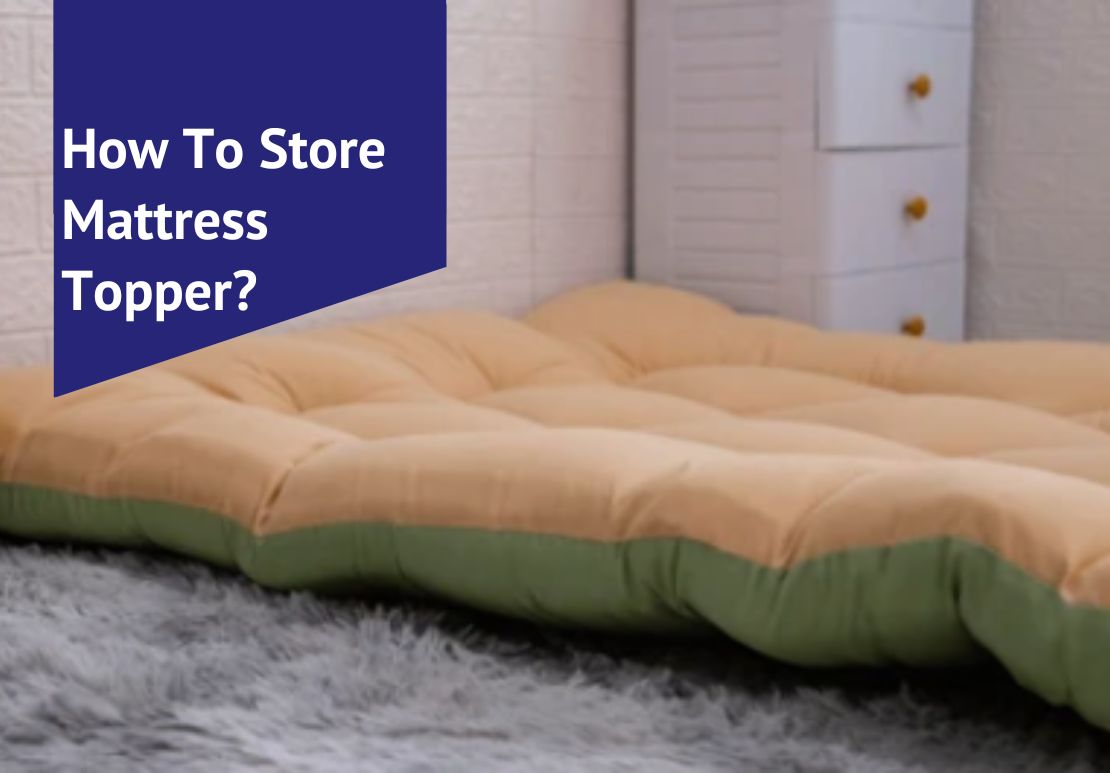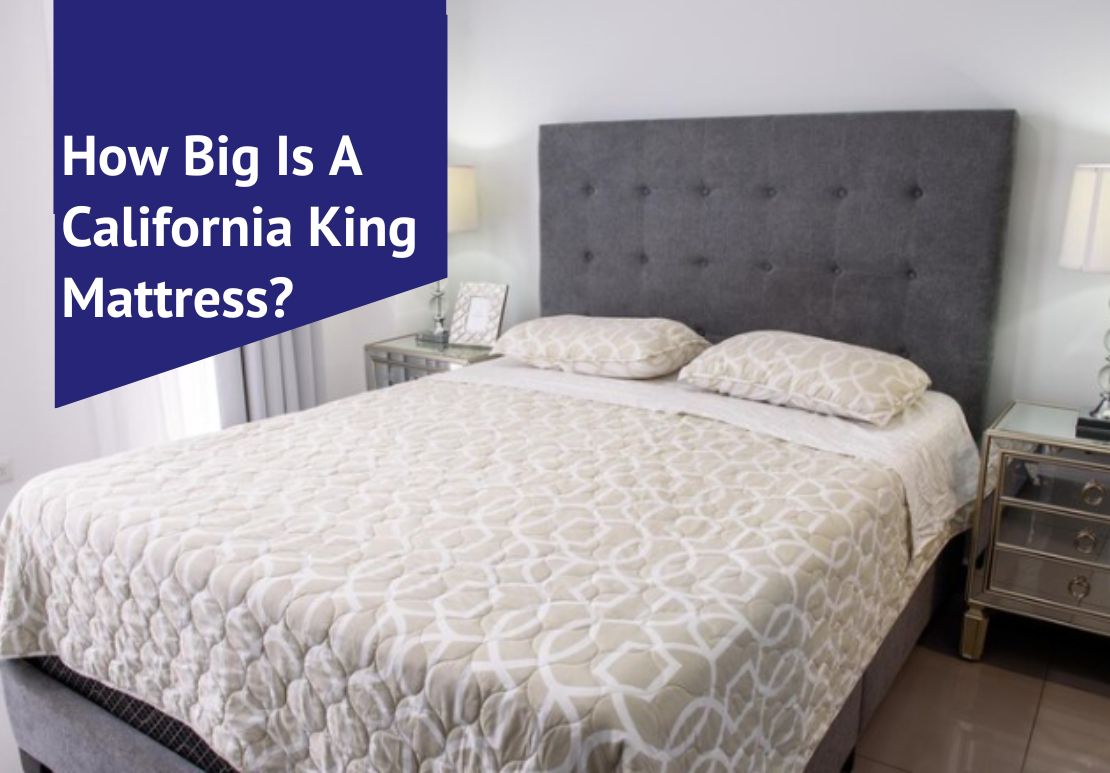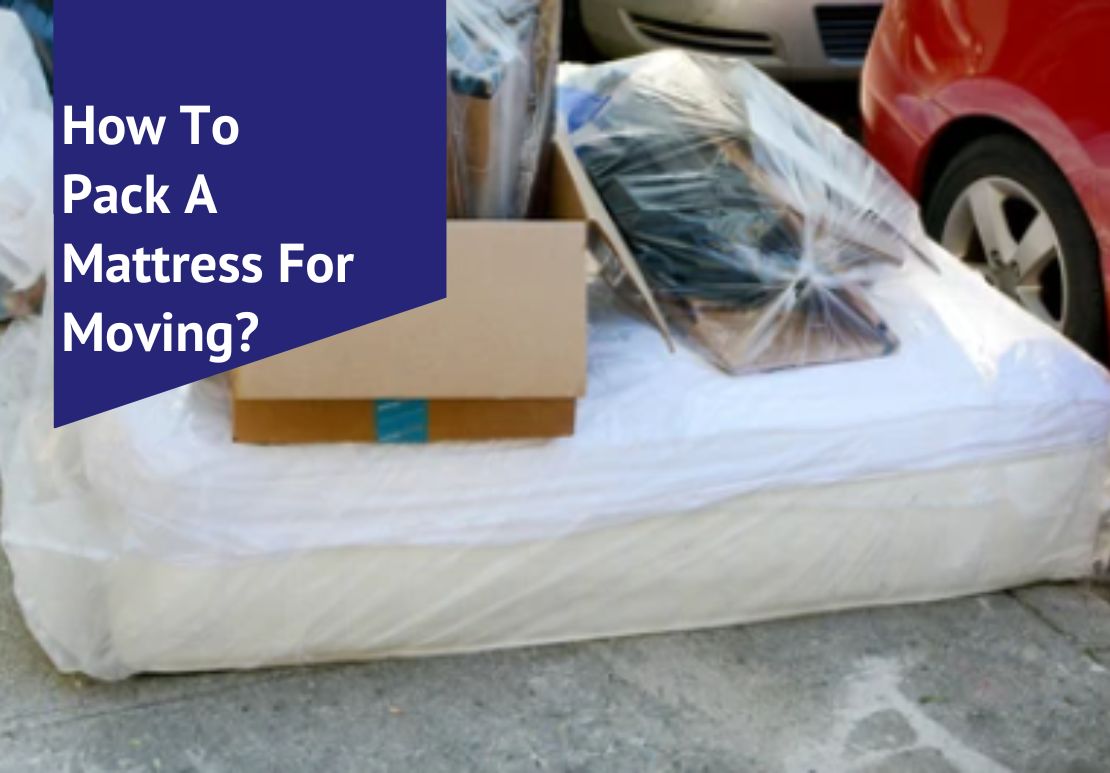Selecting the right new mattress can be daunting, with so many options available. A key decision in this process is choosing between spring and foam mattresses, each offering distinct benefits for a good night’s sleep.
This article will guide you through the differences between both types and their pros and cons to help you make an informed choice that fits your needs. Ready to find your perfect mattress match? Keep reading.
Table of Contents
Key Takeaways: To choose the perfect mattress type
- Memory foam mattresses are great for pressure relief and reducing motion transfer, benefiting people with back pain or sharing a bed.
- Spring mattresses offer firm support and better airflow, making them ideal for individuals who prefer a firmer sleeping surface and stay cooler at night.
- Foam mattresses last longer than spring mattresses because they’re less prone to wear and tear over time.
- Temperature can decide; the best memory foam mattress is cooler than traditional spring options but may retain some heat compared to latex or hybrid models.
- Hybrid mattresses combine the best features of foam and spring beds, offering a good balance between comfort, support, temperature regulation, and durability.
Foam vs. Spring Mattresses: Major Differences
Homeowners deliberating between the best mattress types must understand the fundamental contrasts between foam and spring options. Considering various factors, such as support, motion isolation, and longevity, is key. Below is a table showcasing the significant differences between foam and spring mattresses, guiding homeowners toward an informed decision to choose the right mattress.
| Aspect | Foam Mattresses | Spring Mattresses |
| Support | Provide even weight distribution and moldable support. | Generally, it offers a more supportive feel, beneficial for heavier individuals. |
| Motion Isolation | Excel in limiting motion transfer, ideal for couples. | Less effective at absorbing movement, potentially disturbing sleep. |
| Durability | They are known for their longevity, often outlasting their spring counterparts. | Potential wear and tear of springs may shorten lifespan. |
| Firmness | It can vary from soft to firm, generally less firm than spring options. | Naturally firmer, with springs that bounce back readily. |
| Temperature Regulation | Memory foam is temperature-sensitive and can offer a cooler sleep surface. | They tend to be less sensitive to temperature and can feel less cool. |
| Pressure Relief | Superior at contouring to the body, distributing pressure evenly. | It can provide targeted support but may not distribute pressure as evenly. |
| Back Pain Relief | Often recommended for alleviating back pain due to contouring support. | It supports back pain but may not offer the same level of contouring relief. |
| Cost | It can range from budget-friendly to premium, depending on material quality. | Wide price range; innerspring options are typically more cost-effective. |
| Sleep Position | Accommodates various sleeping positions by adapting to body shape. | It may require additional top layers to provide optimal comfort for all sleep positions. |
This table identifies salient distinctions, giving homeowners the necessary insights to select a mattress that best suits their preferences and needs.
Types of Foam Mattresses
Foam mattresses come in various types, including memory foam and latex foam. Each type offers different levels of support and comfort, catering to individual preferences and needs.
Memory Foam Mattress
Memory foam mattresses have gained popularity for their unique ability to contour to one’s body shape, providing excellent pressure relief and personalized comfort. Unlike spring mattresses that push back against your body, memory foam compresses under weight and heat, molding itself around curves and relieving joint pressure.
This makes them especially beneficial for those with back pain, as they support natural spine alignment.
These mattresses also excel at reducing motion transfer. If you share your bed with a partner or pet, their movements won’t disturb you as much because the foam absorbs impact rather than transferring it across the surface.
Durability is another strong suit of memory foam; these beds often outlast their spring counterparts, making them a sound investment in long-term restful sleep. With options ranging from soft to firm based on density and layering, homeowners can find a memory foam mattress tailored to their needs, whether they require extra support or simply seek a cozy nest for slumber.
Latex Foam
While memory foam offers contouring comfort, latex foam stands out for its resilience and buoyancy. Latex mattresses provide a responsive feel that differs considerably from the sinking sensation of memory foam.
They bounce back more quickly when pressure is removed, offering an alternative for those who prefer not to sink deeply into their mattress. The firmness level can be adjusted to suit individual preferences, making it versatile for different sleep positions.
Latex also excels in temperature regulation, often cooler than traditional memory foam options due to its natural breathability. This material’s open-cell structure allows air to circulate freely, which helps keep sleepers comfortable throughout the night.
For homeowners looking for a durable mattress option that provides support and comfort while minimizing heat retention, latex foam is a compelling choice with benefits that improve restful sleep.
Types of Spring Mattresses
Spring mattresses come in two main types: innerspring and pocketed coils. Innerspring mattresses use a system of steel coils to provide support, while pocketed coil mattresses have individually wrapped coils to minimize motion transfer and provide targeted support.
Innerspring
Innerspring mattresses feature a network of metal coils for support. These coils offer strong support and excellent airflow, making them suitable for individuals who prefer a firm sleeping surface.
Additionally, innerspring mattresses provide responsive comfort, maintaining bounce and resilience over time.
Their durability makes them a noteworthy option, as they can withstand regular wear for an extended period. Furthermore, the cost-effectiveness of innerspring mattresses is appealing to those seeking budget-friendly bedding solutions.
Pocketed Coils
Pocketed coils are a type of spring mattress constructed with individual coil pockets, offering targeted support and minimizing motion transfer. Each coil operates independently, contouring to the body’s shape while reducing disturbances caused by partner movement.
This design provides enhanced spinal alignment and pressure point relief, making pocketed coil mattresses ideal for those seeking customized support and undisturbed sleep.
Engineered to adapt to varying weights and sleeping positions, pocketed coils promote better airflow within the mattress, creating a cooler sleeping surface compared to traditional innerspring models.
Pros And Cons Of Foam Mattresses – To Choose A Mattress Perfect For Your Needs
Foam mattresses offer moldable support, evenly distributing body weight. They excel in motion isolation, reducing bed movement during the night. Here are the pros and cons:
- Comfort: Memory foam mattresses provide excellent comfort, molding to the body’s shape ensuring a restful sleep.
- Pressure Relief: Foam mattresses relieve pressure points, which is particularly beneficial for individuals with joint or back pain.
- Durability: Foam mattresses are known for their durability and extended lifespan compared to spring mattresses.
- Motion Isolation: Foam mattresses absorb movement, making them ideal for light sleepers or couples who don’t want to disrupt each other’s sleep.
- Temperature Sensitivity: Memory foam mattresses offer a cooler sleep surface than traditional spring mattresses, providing a more comfortable sleeping environment.
- Heat Retention: Some foam mattresses may retain heat, leading to discomfort for those who prefer a cooler sleep environment.
- Support: Some individuals may find that foam mattresses lack the firmness needed for proper spinal alignment and support.
Pros and Cons of Spring Mattresses
Spring mattresses provide firm support, especially for heavier individuals. They offer a natural bounce and responsiveness due to the coil construction. Additionally, they allow for better air circulation, promoting a cooler sleep environment.
- Firm support suitable for heavier people
- Natural bounce and responsiveness
- Better air circulation for a cooler sleep environment
Which mattress is best, foam or spring?
Several factors must be considered when choosing between a foam or spring mattress. From temperature regulation and support to durability and cost, each type of mattress has advantages and drawbacks.
Temperature
Foam mattresses, especially memory foam ones, are known for their temperature-sensitive properties. They offer a cooler sleep surface than traditional spring mattresses, making them ideal for those who sleep hot.
Memory foam can conform to the body’s shape without retaining too much heat, resulting in a comfortable and refreshing night’s rest.
Spring mattresses, on the other hand, may not provide as much airflow or temperature regulation due to their dense structure and lack of breathability. This could lead to discomfort for individuals sensitive to sleeping warm or hot.
As a result, when it comes to temperature control during sleep, foam mattresses have an edge over spring mattresses.
Movement
Foam mattresses excel in minimizing bed movement, making them an ideal choice for light sleepers and couples. The moldable foam support distributes weight evenly, ensuring minimal disturbance when one partner moves during the night.
In contrast, spring mattresses may have more noticeable motion transfer due to the bouncy nature of the springs. This is crucial for those prioritizing uninterrupted sleep or sharing a bed with a restless sleeper.
Pocketed coil spring mattresses provide enhanced motion isolation compared to traditional innerspring mattresses, but they may still not match the motion absorption capabilities of foam mattresses.
Support
Foam mattresses offer moldable support, conforming to the body’s shape and evenly distributing weight for a comfortable night’s rest. This feature primarily benefits those with back pain, providing targeted support to alleviate pressure points.
Additionally, foam mattresses excel in motion isolation, reducing bed movement throughout the night and catering to light sleepers. On the other hand, spring mattresses are naturally firmer due to their flexible springs that bounce back, offering robust support ideal for heavier individuals.
These mattresses provide reliable spinal alignment and additional reinforcement where needed.
Memory foam mattresses are recognized for their durability and can outlast traditional spring mattresses over time. Conversely, spring mattresses may have a shorter lifespan due to the potential wear and tear of the springs.
Durability
Foam mattresses are known for their impressive durability, making them a long-term investment for homeowners. With proper care and maintenance, foam mattresses can retain their shape and support for many years, providing consistent comfort and quality sleep night after night.
In contrast, spring mattresses may be more susceptible to wear and tear over time due to the physical stress placed on the springs with regular use. This factor makes foam mattresses reliable for those seeking lasting mattress performance without compromising comfort or support levels.
The lifespan of a mattress is an essential consideration for homeowners looking to make a wise purchase decision that will benefit them in the long run. Foam mattresses offer exceptional longevity due to their construction, providing peace of mind and ensuring continued restful nights without concerns about premature deterioration or loss of support.
Pressure Relief
Foam mattresses offer excellent pressure relief by contouring to the body’s shape, providing targeted support to alleviate discomfort in areas such as the shoulders and hips. The even weight distribution of foam mattresses helps reduce pressure points, promoting better blood circulation and minimizing the risk of waking up sore or stiff.
Memory foam mattresses, in particular, are lauded for their ability to relieve pressure on sensitive areas, making them a preferred choice for individuals seeking enhanced comfort and reduced pain.
In contrast, spring mattresses may not offer the same level of pressure relief as foam mattresses due to their firmer surface and less conforming nature. While some individuals may find adequate support from spring mattresses for pressure relief, others may prefer the moldable cushioning provided by foam options.
Cost
When considering the cost, it’s important to note that foam mattresses can generally be pricier upfront compared to spring mattresses. However, homeowners should also consider the long-term investment as foam mattresses are known for their durability and longevity.
With a longer lifespan and less frequent need for replacement, foam mattresses may offer better value over time despite the initial higher cost.
Foam mattress warranties typically range from 10-25 years, reflecting confidence in their lasting quality. On the other hand, spring mattresses may require more frequent replacements due to wear and tear of the springs, potentially leading to higher long-term costs.
Sleep Position
Consider your primary sleep position when choosing between foam and spring mattresses. Like a spring mattress, a firmer surface may offer better support for back or stomach sleepers.
Side sleepers often prefer foam mattresses for their ability to cradle and relieve pressure points. Memory foam contours to the body’s shape, providing extra comfort for those who favor sleeping on their sides.
It’s essential to assess how each type of mattress aligns with your preferred sleep position to ensure optimal support and comfort throughout the night.
Back Pain
When it comes to addressing back pain, both foam and spring mattresses have their unique benefits. Memory foam mattresses are often recommended for back pain relief due to their moldable support and even weight distribution.
The contouring nature of memory foam can help alleviate pressure points and provide extra support where needed, contributing to a more restful sleep experience. On the other hand, some individuals may find that the firmer support offered by spring mattresses is beneficial for alleviating back pain, especially if they require additional lumbar support throughout the night.
Foam mattresses tend to excel in motion isolation and durability, which are crucial factors for those dealing with persistent back discomfort. The ability of memory foam to adapt to body contours ensures proper spinal alignment while sleeping, minimizing the potential aggravation of existing back issues.
Conclusion: Consider A Hybrid Mattress For The Best Of Both Worlds.
When choosing between spring and foam mattresses, consider your individual needs. Assess body weight, sleep position, back pain concerns, and temperature preferences.
Consider the pros and cons of each mattress type to make an informed decision. Consult with experts or obtain samples to ensure the best fit for your sleeping requirements.
Or else, you can also consider a hybrid mattress that combines features of both spring and foam options for a balanced sleeping experience. All these points will help you answer your question of ‘What is better spring or memory foam?’
FAQs – Frequently Asked Questions
What are the main differences between spring and foam mattresses?
Spring mattresses have coils for support, while foam mattresses use layers of different types of foam to provide comfort and support.
Can I flip a foam mattress like a traditional spring mattress?
No, most foam mattresses should not be flipped, as they are designed with specific layers for optimal comfort and support.
Are spring or foam mattresses better for people with back pain?
Both types can benefit, but memory foam mattresses may alleviate pressure points better than some spring mattresses due to their conforming properties.
Do spring or foam mattresses have longer lifespans?
Spring mattresses often last longer than most foam ones due to their construction materials; however, this lifespan can vary based on quality and usage.
How does motion transfer compare between spring and foam mattresses?
Foam typically absorbs more motion than innerspring coils, which may result in less disturbance from your sleeping partner's movements.
What is better for a back foam or a spring mattress?
A foam mattress is often considered better for back support as it contours to the body and provides even support. It also tends to relieve pressure points and reduce motion transfer. On the other hand, a spring mattress offers more bounce and ventilation. However, the best option depends on individual comfort preferences and specific back conditions.
Do hotels use spring or foam mattresses?
Many hotels use a combination of spring and foam mattresses to cater to different guest preferences. Spring mattresses provide firm support and durability, while foam mattresses offer a plush and comfortable feel. Some hotels may use one type exclusively, while others may offer both options for their guests' comfort and satisfaction.

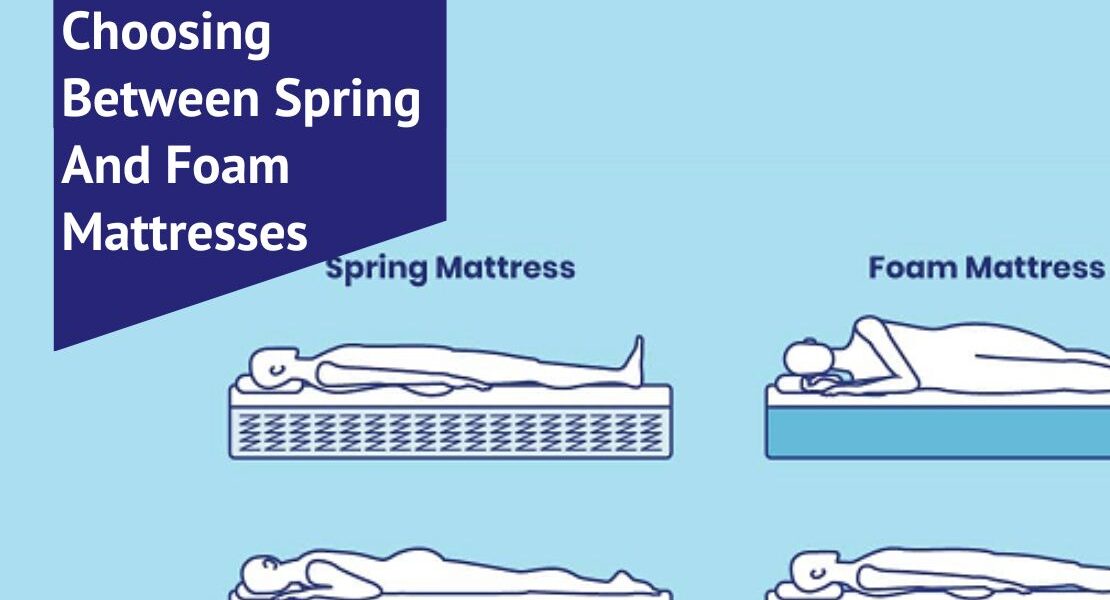 Image source - sleepare
Image source - sleepare 





